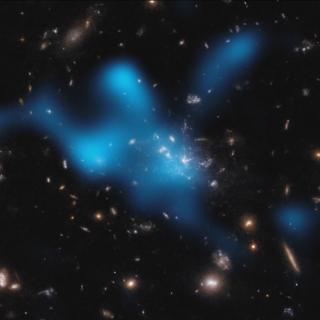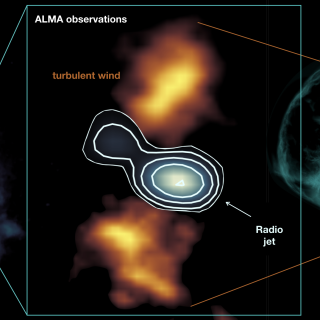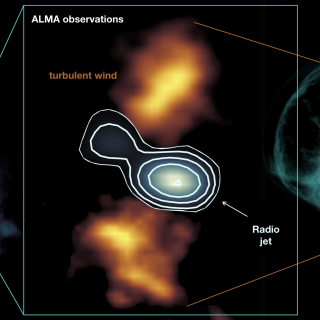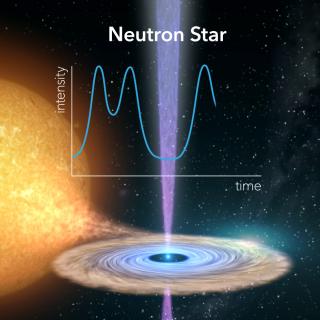
An international scientific team, in which the Instituto de Astrofísica de Canarias (IAC) participates, has discovered a large reservoir of hot gas in the still-forming galaxy cluster around the Spiderweb galaxy. The finding reveals that this protocluster, far from dispersing, will end up gravitationally bound for the rest of its existence. Located at an epoch when the Universe was only 3 billion years old, this is the first time such a hot gas has been detected at such distances. The study, published in Nature, confirms that galaxy clusters, one of the largest known structures in the
Advertised on




